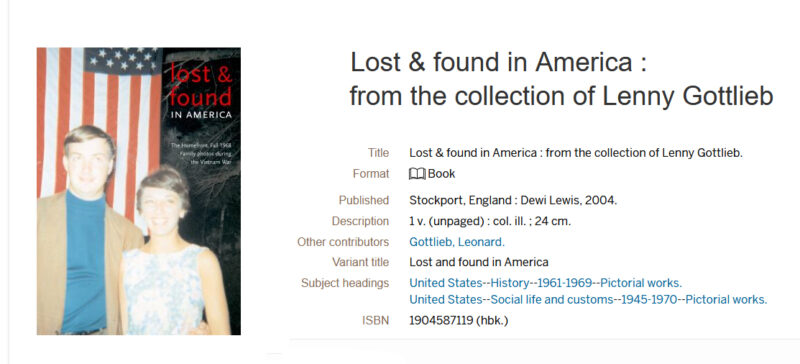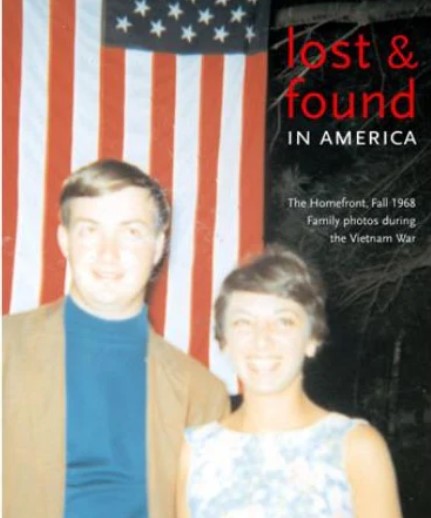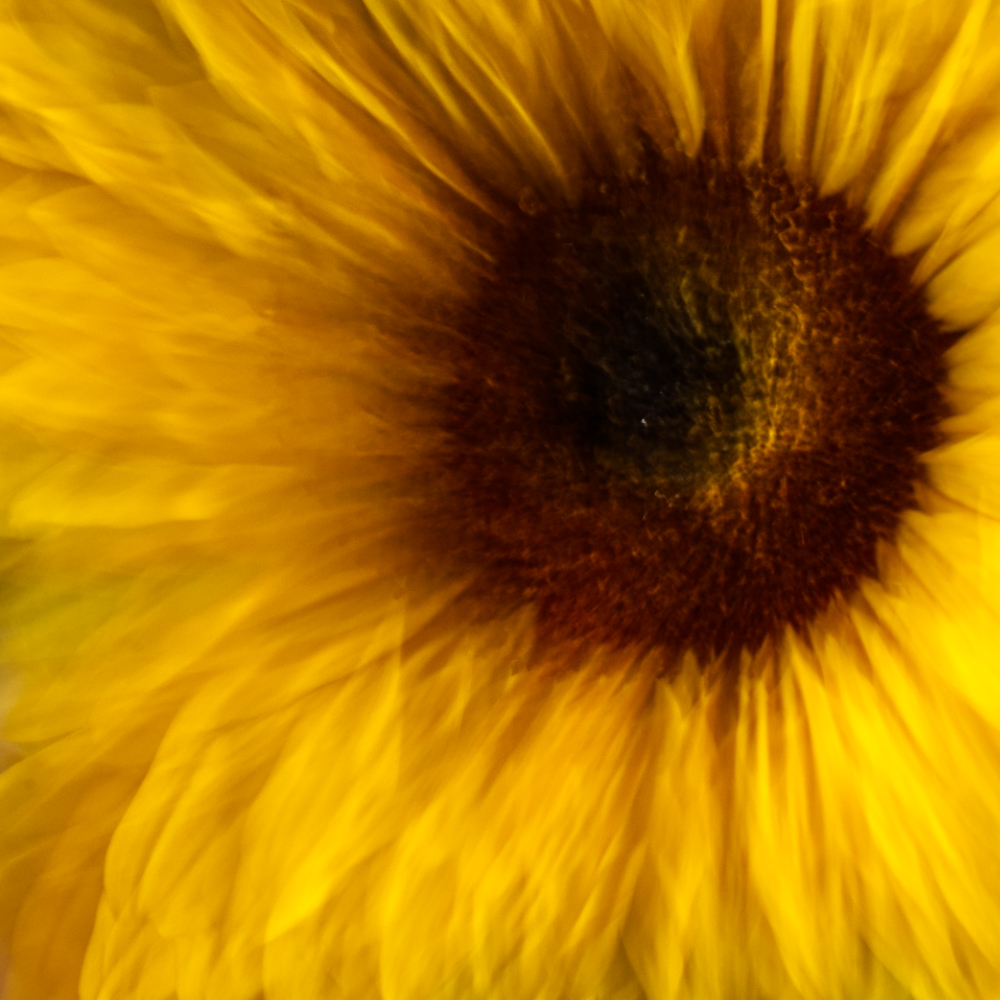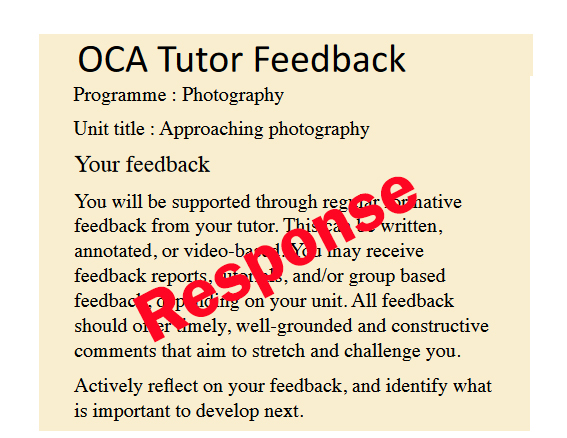
An interesting book, full of random printed snapshot photographs made by photographers in Boston New England America. But perhaps not so random as they are a curated set from the 30,000 discarded duplicates and rejects Gottlieb had saved during his 3 months working in a commercial processing lab in 1968. They come under the heading of ‘found’ photographs.
I do wonder what theme, or criteria was used to select the images for the book. The book blurb suggests the images are ‘uninterpreted’, but they are selected by some sort of criteria. Doubly so, as they were selected for discard and then selected for publication. That latter ‘selection’, suggests at the very least a commercial viewpoint.
The images could relate to any modern times in the West– they are not overly dated except for the print process itself. However, 1968 is, as the intro to the book states, a momentous year of riots, revolution and assassination, the race to space, and the biggie, – the Vietnam war, all of them dominating American culture. Mostly unexplored and unrecognised in this selection.
Non-the-less these are images taken by ordinary people, that display them going about their daily lives, having fun, recording milestones of life for children and adults, their hardships and celebrations, the mundane and titillating.
I initially found it difficult to ‘get a handle’ on the purpose of the book, the reason for its existence. However, at a basic level, I saw humans in a similar social and cultural milieu to myself, in all the humdrum of daily life, snapping something they thought would be a valid keepsake, a record to show someone else. Our family snapshots are much the same (excluding the nudes and toilet scenes!). Is that the only interest – voyeurism into others’ lives that are essentially the same as ours?
Whilst admitting that the photographs in the book might be found in a family album the blurb on the back of the book suggest that as the world has changed in 55 years “we cannot help but see them differently”. I have looked assiduously for historic and cultural differences but frankly all I see is men being males, women in female roles and children being photographed as most children in families are in the west. Throughout the book women are displayed in traditional family roles – smiling with children, smiling with men. Posing artfully for the camera. The men are posing manfully, muscles on show, exposing themselves, in the military with weapons. No different from many informal images taken today in those contexts.
This is what I’m seeing, what do others’ see? Without words to contextualise the images within that time frame, I am left with my own prejudices, reinforcing my view of life as it is lived. At least words, in opposition to my viewpoint, would attempt to engage me in alternative views even if I dismissed them!
Taking to the internet, I wanted to see what other interpretations could be made. In academia it was mostly about the status of the ART of photography. Was it about maintaining the exclusiveness of images made by technically adept professionals, or about giving exhibition space to Jo with an instamatic, snapping this and that, and elevating them as culturally valuable!
Are these ‘found’ images of cultural value? They certainly offer an opportunity to talk about what is important to us, how we were and where we are now!
In the whole book I can see only 4 images of ethnic minorities with ‘coloured’ skin. Who are the ones with cameras? A wonky view of American life, oriented to white Caucasian? Or a modern WOKE interpretation? Is it a view of America (as suggested in the title) or a very small subsection of the population 55 years ago?
These kinds of images will be found on the internet now as digital records. Facebook regularly dishes up images I posted 15 years ago (when I first signed up for it). These from the recent past…

Not interested? Of passing interest? Can you make interpretations about them? How are these images of any interest except to the people in them or who have a direct interest in them?




